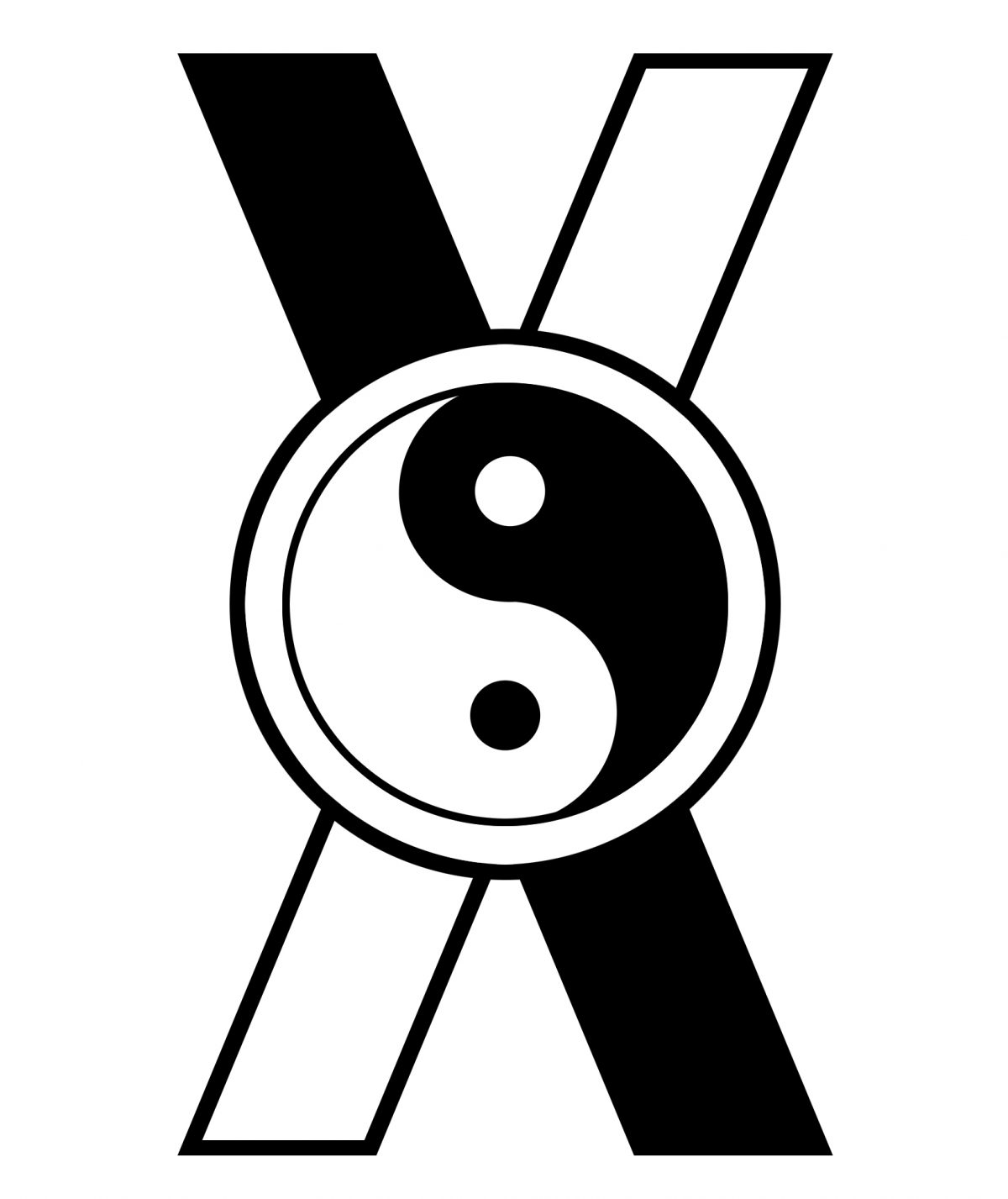A large part of mystical practices is about correspondences among things. Omens and runes, Sephiroth and Hexagrams, all are about a the deep orders and patterns of the universe. Then again what is mysticism of all stripes but the idea of an involved, deep, living universe?
Of course anyone who’s dealt with correspondences in such practices knows there are two things you can count on:
- A history of charts, graphs, grids, lists, and so on trying to understand these correspondences.
- People not agreeing on these things currently or throughout history. Sometimes quite pointedly.
It’s strange, isn’t it? Anyone who’s read a tarot or cast Hexagrams has had those moments where things just line up. You know you’ve stumbled onto something deep, something real where all those correspondences and commentaries line up . . .
. . . but also there’s so much out there talking about those correspondences. From online arguments to ancient commentary it’s a bit overwhelming.
How are we to deal with all these writings on correspondences over time? As a person interested in the I Ching, I’m used to hearing people discuss commentaries by various authors centuries or even aeons apart. I even have translations of two specific commentaries on the I Ching, one for meditative practices, one for organizational practices. It takes a certain level of commitment to decide you want to detail good organization advice for sixty-four different hexagrams.
But needless to say these historical commentators aren’t always on the same page. Or the same book. It can be confusing or even distressing, as you wonder if someone has gone off the rails or is just to deep for you or is using a regional or timebound reference.
Over time I’ve come to think of all these commentaries and charts, conflicting as they may be, conflicting as their creators may be, as an effort over time. We’re all trying to figure out how the universe works, how the parts line up, to find the structure behind reality. They may not agree, but maybe by study we can find more about just how it all lines up. We can be part of the dialogue, but that’s going to take us stepping up, reading, contemplating, and thinking.
Nothing is right. Nothing is perfect. You could write the most complete and accurate book on mystical correspondences ever, but how much of it might be bound by time, place, and cultural references? But a dialogue? A dialogue is something that can go on over time.
We can even be part of it.
– Xenofact
